The Enigma of Schrödinger's Cat: Life, Death, and Quantum Theory
Written on
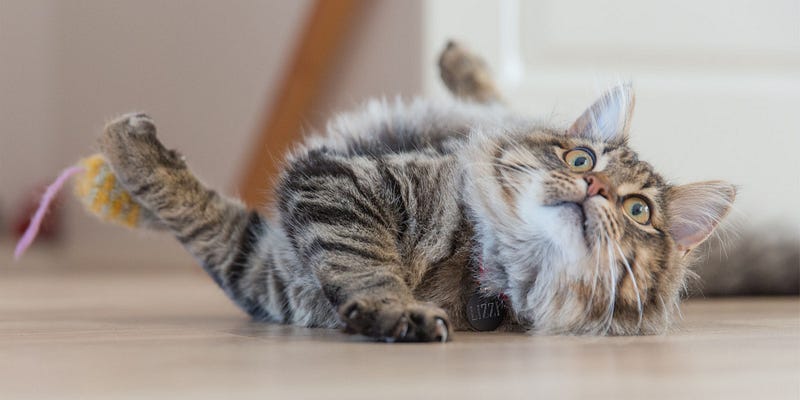
Who is Schrödinger's Cat?
Imagine a cat that exists in a state of being both dead and alive simultaneously! This peculiar scenario unfolds within a sealed box, where the fate of the cat remains unknown until the box is opened.
This concept revolves around a theoretical cat placed in a theoretical box, crafted by Erwin Schrödinger in 1935 as part of a thought experiment.
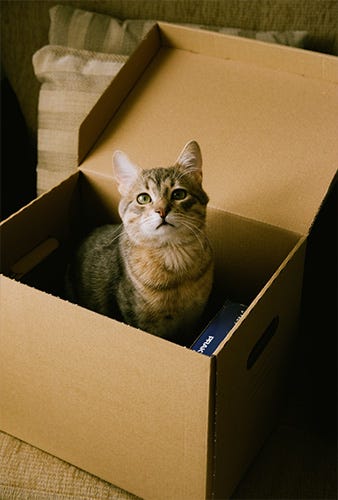
What Lies Within the Box?
Within this box, one would find a cat, a radioactive atom, a Geiger counter, a vial of poison, and a hammer.
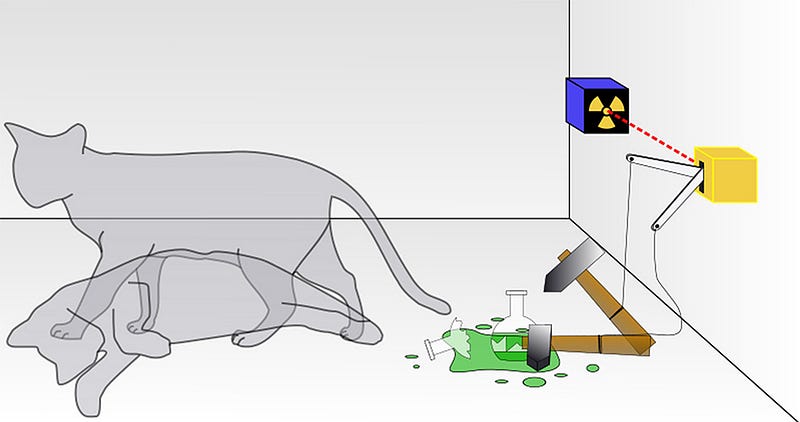
How is the Experiment Conducted?
If the radioactive atom decays, the Geiger counter will detect radiation, triggering the hammer to break the vial of poison, ultimately leading to the cat's demise.
However, if the Geiger counter does not register any radiation (indicating the atom remains stable), the hammer will remain still, the vial intact, and the cat will live on within the box.
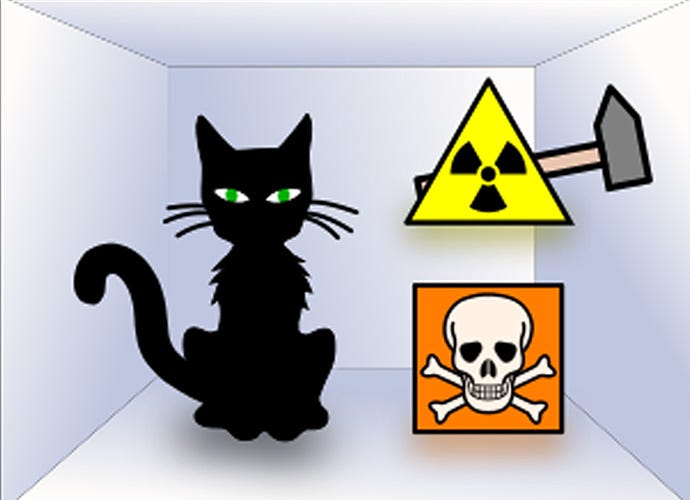
Why These Specific Instruments?
The selection of these instruments was intentional:
- Cat: The cat represents a tangible entity whose fate hinges upon a quantum event (the decay of the radioactive atom). Utilizing a cat amplifies the impact and provokes thought.
- Radioactive Atom: This atom embodies a quantum event characterized by uncertainty in its decay, presenting a fundamentally probabilistic outcome.
What is the Nature of Probabilities?
The precise moment an atom will decay is unpredictable; however, the average decay rate for a substantial number of atoms can be defined by its half-life.
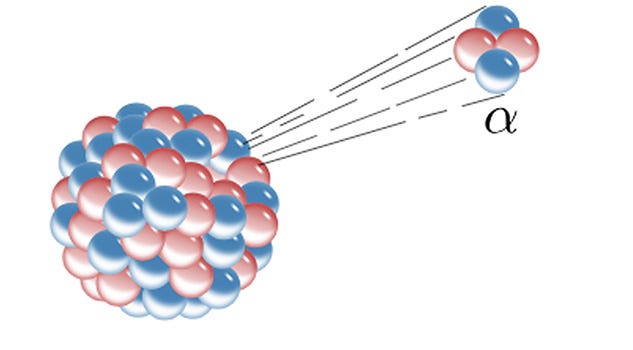
What is Half-Life?
Half-life is the duration required for half of a radioactive sample to decay. For instance, if a material has a half-life of 10 years, after that period, only half of the original sample will remain unaltered. Thus, within the box, there exists a 50% likelihood that the radioactive atom will decay within its half-life.
- Geiger Counter: This device is employed to sense radiation.
If the counter detects radiation (indicating decay), it activates a mechanism that releases the hammer.
- Hammer: This tool initiates the chain of events following the detection of radioactive decay.
If radiation is registered, the hammer is activated to shatter the poison vial. Conversely, if no radiation is detected, the hammer remains idle, and the vial remains unbroken.
The mechanics of how the hammer is triggered are not explicitly explained, but this detail is deemed unnecessary for the experiment's purposes.
- Vial of Poison: This vial serves as a bridge between the quantum and macroscopic realms.
Should the hammer smash the vial, the poison is released, resulting in the cat's death; if it remains intact, the cat survives.
What is the Purpose of This Experiment?
Schrödinger devised this thought experiment to scrutinize the implications of the Copenhagen interpretation of quantum mechanics.
What is the Copenhagen Interpretation?
This interpretation is a cornerstone of quantum mechanics, positing that a quantum particle exists in all potential states at once—rather than in one state or another—until it is observed or measured.
This phenomenon is known as superposition, where the system remains in a state of superposition until measurement occurs, collapsing into one of the definite states.
Consequently, the act of observation or measurement "determines" the reality of that quantum system.
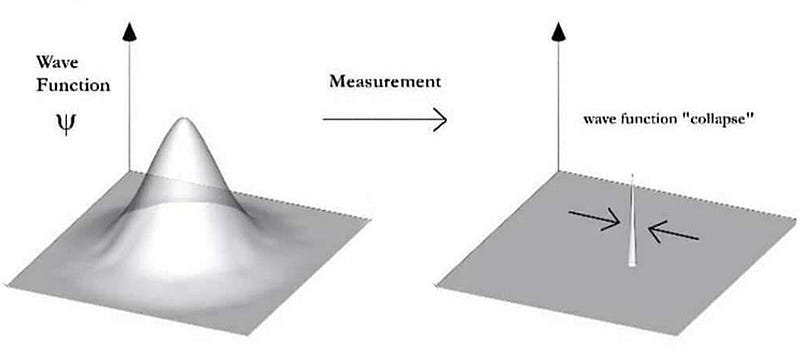
Thus, in Schrödinger's cat scenario, the radioactive atom is simultaneously in both the decayed and non-decayed states until observed, at which point it collapses into one of these states.
How Does the Experiment Challenge This Interpretation?
Schrödinger's thought experiment illustrates that under the Copenhagen interpretation, the cat exists in both states at once.
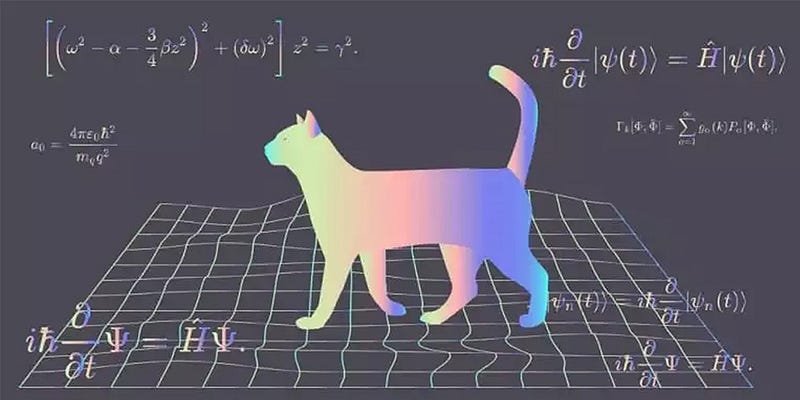
Thus, the cat is both alive and dead concurrently! Since the atom exists in both states until observation, and the cat's life hinges on the atom's decay, it remains in both states until someone peeks inside the box.
Naturally, when the box is opened, one will only witness a cat that is either dead or alive.

Through this experiment, Schrödinger aimed to highlight the perplexing nature of quantum behavior when applied to tangible macroscopic scenarios. He intended to showcase the absurdities he perceived in the dominant quantum theory.
Is the Cat Dead or Alive?
Who can say for sure? One must open the box to discover the truth!
While the notion of a cat being both alive and dead is unfathomable, the behavior of quantum entities and systems can often defy our understanding.
Is the Copenhagen Interpretation the Sole Interpretation?
Not at all! Although the Copenhagen interpretation enjoys broad acceptance, it has faced criticism for its subjectivity, particularly its lack of clarity regarding what constitutes "measurement" or an "observer."
Numerous other interpretations of quantum mechanics exist, each with its own perspectives.
- Many-Worlds Interpretation (MWI): This posits that every time a quantum event presents multiple possible outcomes, all possibilities occur in separate universes.
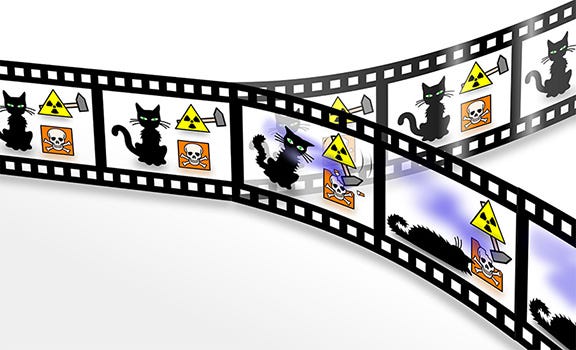
In this view, there is no wave function collapse as described by the Copenhagen interpretation; rather, all potential outcomes exist in their distinct universes.
- Pilot Wave Theory: This theory asserts that particles possess definite positions and are never truly in superposition. They are influenced by a "pilot wave" that dictates their paths.
In the Schrödinger's cat scenario, the cat would exist in a predetermined state (alive or dead) guided by this "pilot wave," but due to our limited knowledge, we cannot ascertain which state it is until we observe.
- Objective Collapse Models: This approach claims that wave function collapse is a genuine, physical process, not merely an update of our knowledge.
The collapse occurs spontaneously and objectively over time, independent of observation and without the deterministic nature of the Copenhagen interpretation or Pilot Wave Theory.
- Simulation Theory: This speculative idea proposes that our reality is not "real" in the conventional sense, but rather a computer-generated simulation or virtual reality.
This concept raises fascinating questions about our existence. Could the cat’s state (alive or dead) be dictated by the simulation’s programming, with our observations merely accessing that data?
Mind-blowing indeed!
Why is Schrödinger’s Cat Experiment Significant?
Schrödinger introduced this thought experiment as a critique of the Copenhagen interpretation and its superposition concept. However, it evolved beyond a mere critique, sparking profound discussions and challenging established beliefs.
The cat, regardless of its state, has undeniably impacted the field of physics!
Thank you for reading! If you found this article informative, consider following for more insights each week. If you wish, you can support my work by buying me a coffee.
Join here to explore more stories and support Medium writers, including myself, for just $5 USD a month, granting you unlimited access to all articles on Medium.
Read more — Exploring the Universe: E=mc² Explained